When is the next full moon in the UK: the full moon calendar for 2023-2024
18th Oct 2023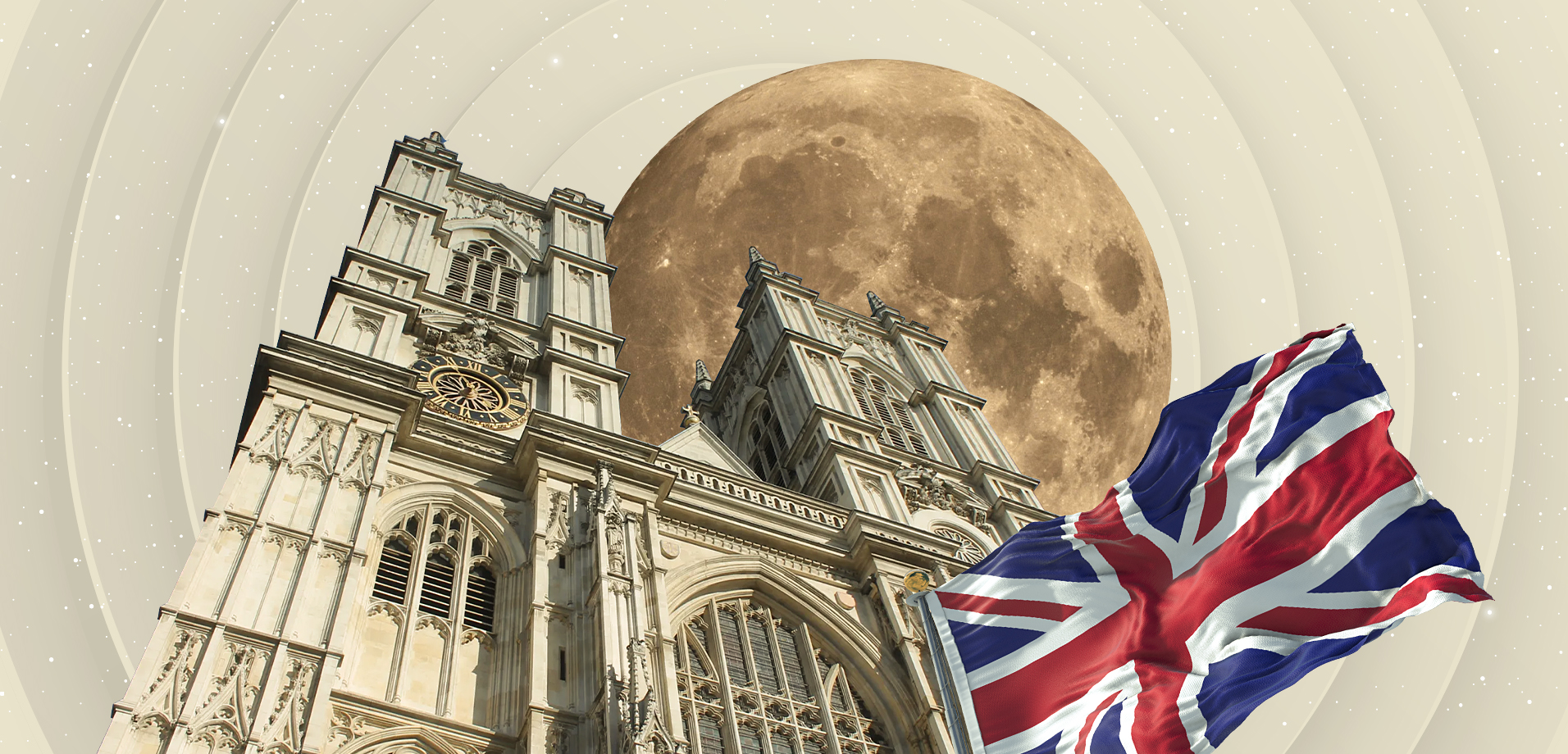
The Full Moon is one of the most magical and fascinating astronomical phenomena. Its glow in the night sky has remained a source of inspiration and mystery for people for thousands of years. Traditions and beliefs are associated with it, legends are dedicated to it, magical properties are attributed to it, and even given different names. In this article, we will explore the meanings, names, impact this celestial body has on humans, the date and time of the next Full Moon in the UK, and also look into the Full Moon calendar for 2023-2024.
What is a Full Moon?
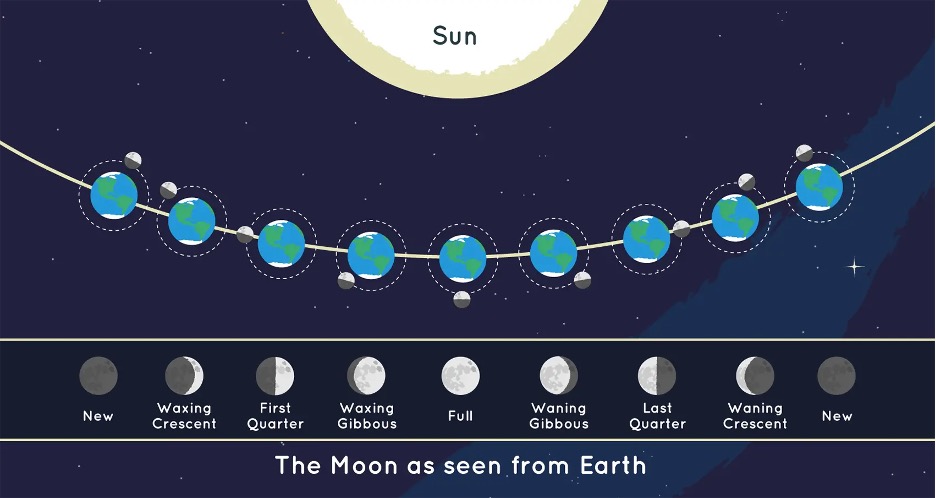
We all remember that our natural satellite does not emit light but only reflects the light of the Sun. A Full Moon is a phenomenon when the side of the satellite we see is completely illuminated by sunlight and looks like a circle. This occurs when our satellite is in a direct line between the Earth and the Sun, and the Sun’s rays strike it directly from behind. As a result of this geometric configuration, the satellite appears round and emits a bright light in the night sky.
The full moon is part of the natural cycle of our satellite’s phases, which includes the new moon, the first quarter when the celestial body is rising, and the third (last) quarter when it is waning.
What is a Supermoon?
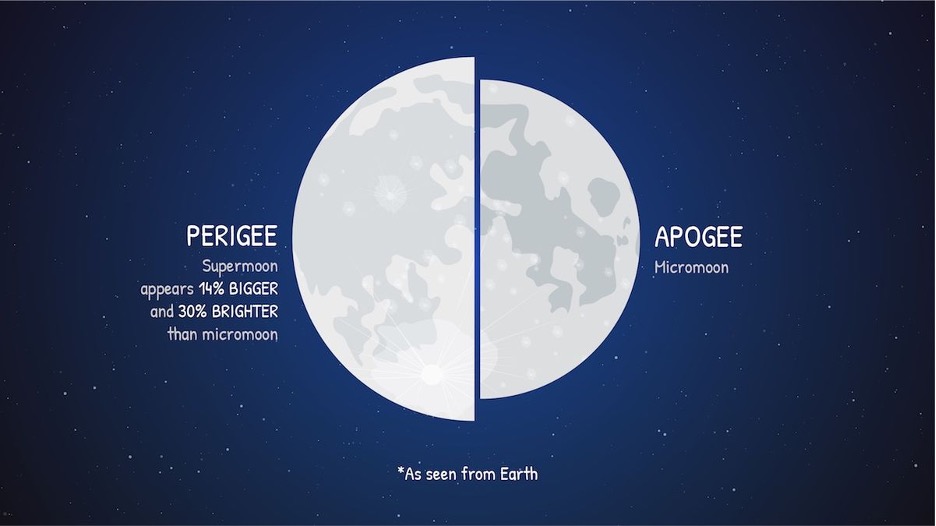
A supermoon is a full moon that appears larger and brighter in the sky than it normally does. We owe this phenomenon to the elliptical orbit of our satellite. A supermoon occurs when our satellite is at the closest point in its orbit to Earth — perigee. During these periods, it can appear 14% larger in diameter and 30% brighter than when it is at its furthest point from Earth, its apogee.
How long does a Full Moon last?
In the context of astronomy, a Full Moon is an instantaneous event that lasts mere seconds. Because our satellite and Earth are constantly moving, it passes quickly.
However, in a broad sense, a Full Moon often refers to the period when our satellite appears as a circle in the sky. This period begins when the Moon rises above the horizon and ends when it disappears again below the horizon or becomes invisible due to bright daylight. The duration of this period can be several hours and depends on the time of year and your location on Earth.
How often is a Full Moon?
The Full Moon occurs approximately once every 29.5 days, which corresponds to the length of the synodic month — the time it takes for the celestial body to return to the same phase in relation to the Earth and the Sun.
Why 29.5 days and not an even number? The reason lies in the uneven movement of our satellite in its orbit. Due to the elliptical orbit, the distance of the satellite from the Earth changes. As a result, the speed of the Moon’s orbit is not constant. When the satellite is closer to the Earth (perigee), it moves faster, when further away (apogee), it moves slower. These changes in speed affect the length of the synodic month.
Is there a full Moon every month?
Considering the length of the synodic month (29.5 days), the answer to this question is obvious, almost. There are 12 months or 365 days in a calendar year, and if we divide them by 29.5, we get 12.37, a number greater than 12, which confirms that there is a full moon every month with 30 or 31 days. However, February usually has 28 days, and in leap years (once every four years) 29 days. It is possible for February to not see a proper Full Moon.
In addition, due to the discrepancy between the lengths of the calendar and synodic months, a situation occurs when we can observe two Full Moons in one calendar month, specifically at the beginning and end of the month.
The second Full Moon in a month is called the “Blue Moon” and occurs approximately once every 2.7 years. This is exactly how long it takes for the difference in the days of the calendar and synodic month to accumulate on the 13th Full Moon of the year. To find out when is the next Blue Moon in the UK, read our article Blue Moon.
Why are full moons given special names?
The Algonquin Indians of North America came up with the idea of giving names to full moons. They named each astronomic event according to the seasonal changes that occurred in the surrounding world in a certain month of the year, and this allowed them to avoid confusion. Later, European settlers, with their customs, partially adopted this tradition and created several of their own names.
Today, for each of the Full Moons, there are simple home rituals that are a distant reflection of those Indian rituals. Also, their names are often found in literature and can be both book titles and indicators that determine the time of action. Let’s find out these names and what they mean.
What are the names of the Full Moons for the year 2023?
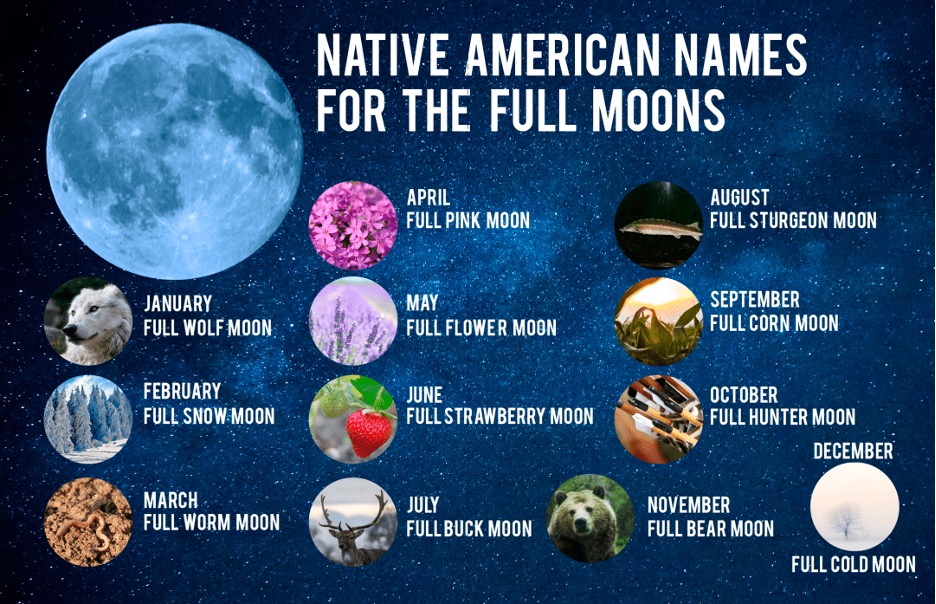
This is what the complete list of full moon names looks like according to the Farmers’ Almanac:
| Month | Name | Why is it called like that |
| January | Wolf Moon (In England — Old Moon or Moon After the Yule) | The howling of wolves at this time of year outside the Indian village gives the name to this period. |
| February | Snow Moon or Hunger Moon | Got its name from the heavy snowfalls characteristic of northern regions this month, which made hunting and obtaining food difficult. |
| March | Worm Moon Crow Moon Crust Moon Lenten Moon | In March, due to rising temperatures and warming of the Earth, earthworms began to crawl onto its surface, heralding the imminent appearance of robins. The cawing of crows heralded the end of winter, and the snow cover, after melting during the day, crusted over at night. For the settlers, this full moon was considered the last one in winter. |
| April | Pink Moon Sprouting Grass Moon Fish Moon Egg Moon | The American Indians named it pink after the color of the first spring wildflowers, wild phlox. The coastal tribes called it Fish moon because, at this time the herring swam upstream to spawn. Settlers timed the April Full Moon to Easter |
| May | Flower Moon or Milk Moon | the names are associated with the rapid flower blossom and large milk yields. |
| June | Full Strawberry Moon | Cause strawberries were harvested during this month. |
| July | Buck Moon Hay Moon Thunder Moon | Usually, during this period, deer peel off the ossified antlers from the delicate skin with velvety hair on tree trunks and branches, turning them into real buck antlers. This period is also associated with active hay harvesting and frequent thunderstorms. |
| August | Sturgeon Moon Green Corn Moon Grain Moon | In August Indians began fishing for sturgeon in the Valley of the Lakes, as well as harvesting young corn and grain. |
| September | Harvest Moon Corn Moon | September was marked by active harvesting of corn, pumpkin, squash, beans, and wild rice among the Indians. At the height of the harvest, farmers could work late into the night under the moonlight. Every two out of three years, the Harvest Full Moon rises in September, but sometimes it occurs in early October. |
| October | Hunter’s Moon | In October, the Indians were preparing meat for the long winter. After the harvest, hunters easily spotted foxes and other animals that came out in search of fallen grain. |
| November | Beaver Moon Frost Moon | In November beavers actively begin to prepare for winter, and the first frosts arrive. |
| December | Cold Moon Full Long Nights Moon Moon before Yule | Got its name from the long cold nights in winter |
When is the next Full Moon?
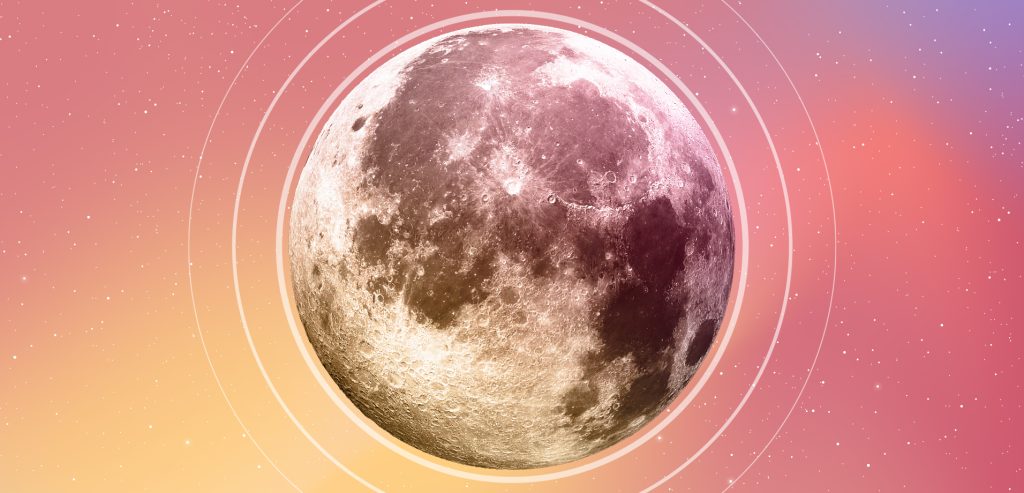
The next Full Moon will be on 28th October at 9:24 PM. And here is the Full Moon calendar for the current and the next year.
Full Moon Calendar 2023
All times show the time of the astrological event at the Royal Observatory’s home in London, either in GMT or BST, depending on the time of year.
| Full moon name | Date | Exact time |
| Wolf Moon | January 6 | 11:07 pm |
| Snow Moon | February 5 | 6:28 pm |
| Worm Moon | March 7 | 12:40 pm |
| Pink Moon | April 6 | 5:34 am |
| Flower Moon | May 5 | 6:34 pm |
| Full Strawberry Moon | June 4 | 4:41 am |
| Buck Moon | July 3 | 12:38 pm |
| Sturgeon Moon (SuperMoon) | August 1 | 7:31 pm |
| Blue Moon (SuperMoon) | August 31 | 2:35 am |
| Harvest Moon | September 29 | 10:57 am |
| Hunter’s Moon | October 28 | 9:24 pm |
| Beaver Moon | November 27 | 9:16 am |
| Cold Moon | December 27 | 12:33 am |
Full Moon Calendar 2024
| Full moon name | Date | Exact time |
| Wolf Moon | January 25 | 5:54 pm |
| Snow Moon | February 24 | 12:30 pm |
| Worm Moon | March 25 | 7:00 am |
| Pink Moon | April 23 | 11:48 pm |
| Flower Moon | May 23 | 1:53 pm |
| Full Strawberry Moon | June 22 | 1:08 am |
| Buck Moon | July 21 | 10:17 am |
| Sturgeon Moon | August 19 | 6:26 pm |
| Harvest Moon | September 18 | 2:34 am |
| Hunter’s Moon | October 17 | 11:26 pm |
| Beaver Moon | November 15 | 9:29 pm |
| Cold Moon | December 15 | 9:02 am |
Why does the Full Moon occur in the middle of the day?
In fact, this astronomical event may occur at any time of the day (as can be seen from the tables), depending on the position of our satellite and Earth relative to the Sun and your geographic location on Earth at the current moment in time. For example, a Full Moon that occurs in one time zone may occur at a different time of day or night in another time zone. If the Full Moon rises while the Sun has not yet set, it is called a “Daytime Full Moon.” Conversely, if it rises after sunset, then it is a “Night Full Moon.”
Is it possible to see the Full Moon during the day?
Hardly ever. A Full Moon occurs when our satellite is exactly opposite the Sun in the sky relative to the Earth. At this moment, the entire visible disk of the satellite is illuminated by sunlight and creates a bright full circle. However, sunlight is much brighter and more powerful than the light reflected by the Moon.
This difference in brightness makes observing the Full Moon during the day a difficult task. Therefore, to see the next Full Moon, we recommend waiting until sunset, when the brightness of daylight decreases.
What effects can we expect from a Full Moon?
The Full Moon is associated with various myths and legends, but there is no scientific evidence that it has any significant effect on human behaviour. Some people believe that the Full Moon may affect mood and sleep patterns, but this remains a matter of debate among researchers. However, there is a certain amount of logic in these speculations — at night, full moons provide additional light, which can affect our perception, mood, and some natural processes.
Final thoughts
Over the centuries, the Full Moon has continued to captivate our imagination, creating a bond with ancient traditions. As we look ahead to the next Full Moon in the UK in 2023 and beyond, we can appreciate its beauty and the cultural significance these phenomena have in the UK and around the world. Whether you are an astronomer, a poet, or just someone who enjoys the magic of the night sky, the Full Moon is always an event worthy of special attention.
Sources:
- https://astropixels.com/almanac/almanac21/almanac2024gmt.html
- https://www.rmg.co.uk/stories/topics/full-moon-calendar
- https://www.vox.com/science-and-health/2017/12/1/16723788/supermoon-2017-dates-sunday-december-united-states
- https://www.fullmoonphase.com/europe/united-kingdom/london.htm
- https://www.rmg.co.uk/stories/topics/what-are-names-full-moons-throughout-year


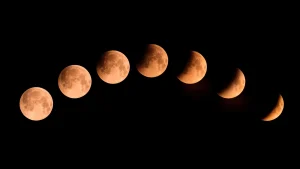



Thank you for your comment! It will be visible on the site after moderation.